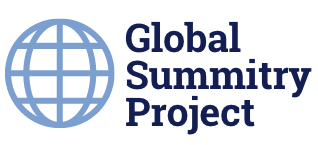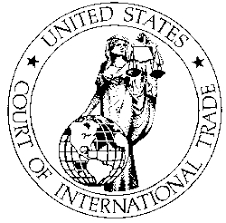It would be hard to make this stuff up. When I was deep into trade policy issues in the late 80s and early 90’s before China’s accession to the WTO, I could not have imagined a President using these trade policies to enact such broad-based tariffs. And it seems like that is how the CIT – the Court of International Trade, sees Trump tariff efforts as well.
Now I was going to dive into a just recently released book by Brookings edited by my longstanding colleague, Lim Wonhyuk from South Korea (Korea) titled: “Unfinished Transformation: Domestic Politics and International Relations Since the Covid-19 Pandemic”. Wonhyuk is the editor and I have a chapter in the volume – “The possibilities for “Effective Multilateralism” in the Coming Global Order. There are a variety of pieces in the book from some rather notable folk including: Kent Calder, David Lampton, Zia Qureshi, Norman Ornstein and my good colleague, Homi Kharas. And I will return to the just released book though unfortunately there does not appear to be a current digital version at this time. But I cannot let this CIT decision pass without comment.
Yes, so, the CIT ruled just last evening (Wednesday) and according to the NYTimes and Tony Romm and Ana Swanson, this was the conclusion reached:
“The U.S. Court of International Trade said the president had overstepped his authority in imposing his “reciprocal” tariffs globally, as well as levies on Canada and Mexico.”
What the Court has declared as illegal then are the “worldwide and retaliatory tariffs,” in other words, the 10 percent tariffs on all trading partners and also the reciprocal tariffs that President Trump paused for 90 days in order to negotiate trade deals with a host of trade partners. What remains in place for the moment are tariffs on specific products, such as those that were placed on steel, aluminum and automobiles. As pointed out in the NYTimes piece:
“The ruling, by the U.S. Court of International Trade, delivered an early yet significant setback to Mr. Trump, undercutting his primary leverage as he looks to pressure other nations into striking trade deals more beneficial to the United States.”
Paul Krugman in his Substack today pointed out what many trade types had been thinking all along:
“The thing is, it has been obvious all along that Trump’s use of the 1977 International Economic Emergency Powers Act to justify Smoot-Hawley level tariffs was a massive abuse of power. I mean, since when are 4 percent unemployment and 2.5 percent inflation an emergency justifying the reversal of 90 years of policy? But I guess I just assumed that things like that didn’t matter anymore.”
How did it reach this point? Well, this is how the NYTimes reporters described it:
“But Mr. Trump adopted a novel interpretation of its powers as he announced, and then suspended, high levies on scores of countries in April. He also used the law to impose tariffs on products from Canada and Mexico in return for what he said was their role in sending fentanyl to the United States.”
“On Wednesday, the Court of International Trade, the primary federal legal body overseeing such matters, found that Mr. Trump’s tariffs “exceed any authority granted” to the president by the emergency powers law. Ruling in separate cases brought by states and businesses, a bipartisan panel of three judges essentially declared many, but not all, of Mr. Trump’s tariffs to have been issued illegally.”
“It was not clear precisely when and how the tariff collections would grind to a halt. The ruling gave the executive branch up to 10 days to complete the bureaucratic process of ending them. The Trump administration immediately filed its plans to appeal in the U.S. Court of Appeals for the Federal Circuit.”
At least for the moment the signature policy of this second Trump administration appears ‘cooked’. It will be interesting to see what Trump does next for it seems unlikely that Trump will give up on his most preferred policy – tariffs.
Image Credit: Wikipedia

